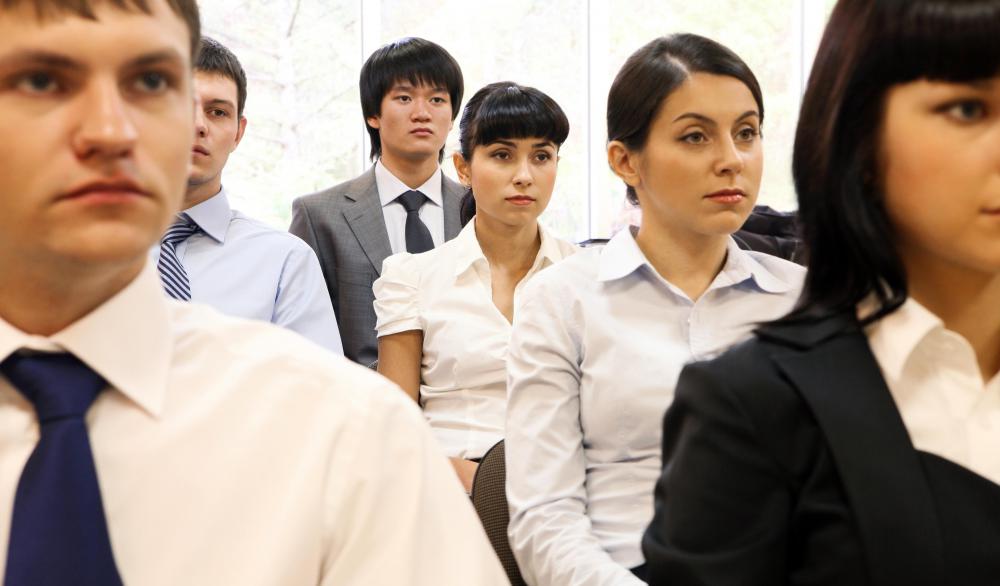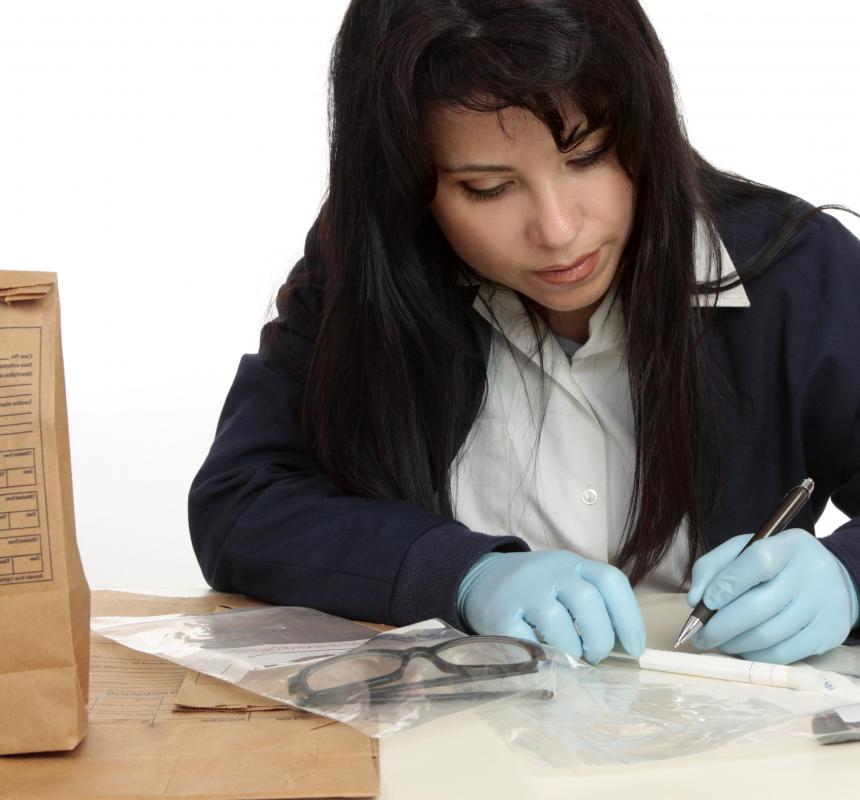At WiseGEEK, we're committed to delivering accurate, trustworthy information. Our expert-authored content is rigorously fact-checked and sourced from credible authorities. Discover how we uphold the highest standards in providing you with reliable knowledge.
What is Trial Evidence?
Trial evidence is information presented at a trial and used to prove one of the elements of a plaintiff's, prosecutor's or defendant's case. The types of evidence vary depending on the nature of the case and depending on what the person presenting it is trying to prove. Generally, all evidence admitted in a trial must follow the evidence rules of the jurisdiction in which the trial is taking place.
The appropriate trial evidence is evidence designed to prove one of the elements of a case, or designed to introduce doubt. A plaintiff, for example, must prove different things in different cases. If he is trying to prove that a contract was breached, he must provide evidence that a contract existed and he must provide evidence that the defendant did not live up to the terms of the contract. In such a case, the defendant would try to introduce doubt about the fact that a contract existed or would try to introduce doubt about whether he actually failed to perform the terms of the contract. He could also introduce trial evidence showing he really did comply with the terms of the contract.

A plaintiff in a negligence case, on the other hand, would have to prove that the defendant was negligent or careless and that the defendant caused an injury and that the injury led to damages. Each of these are separate elements of a case, and the plaintiff would be able to submit evidence relating to each of the elements of the case. The defendant would then be able to introduce evidence disproving what the plaintiff said.
Trial evidence can take many forms. It can be witness testimony. It can be DNA evidence or forensic evidence. It can be evidence such as photographs of a crime scene or photographs of the scene of a car accident.

All of the types of evidence must follow the rules of evidence. For example, if police in a criminal case wish to go into a home to obtain trial evidence, they must obtain a search warrant first or the evidence may not be admissible. If a witness is to be called to testify, he cannot testify as to things he overheard, as this would be considered "hearsay." He can testify only to things he has actual knowledge of; this rule and other evidence rules are designed to ensure fairness in the justice system and to protect the plaintiff's and defendant's rights.
AS FEATURED ON:
AS FEATURED ON:

















Discuss this Article
Post your comments